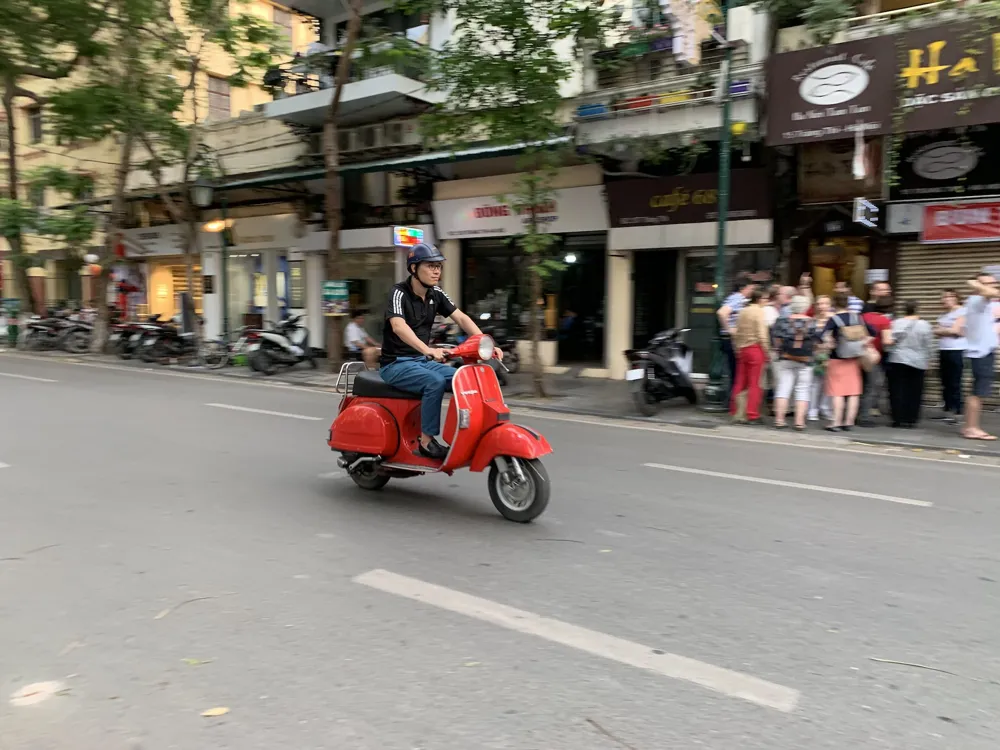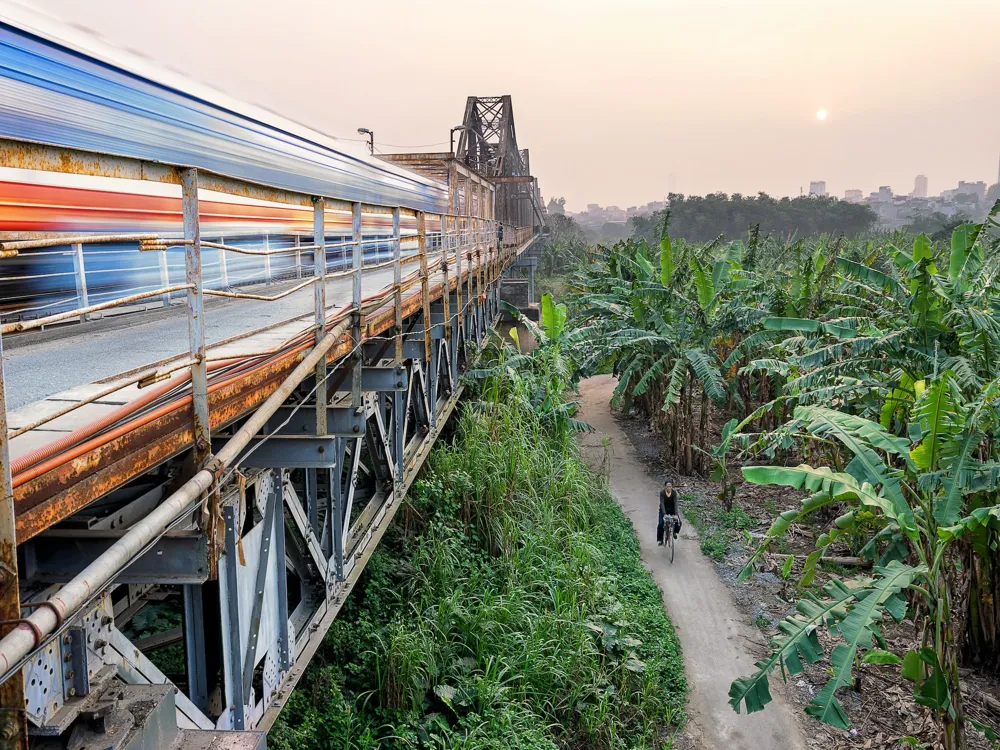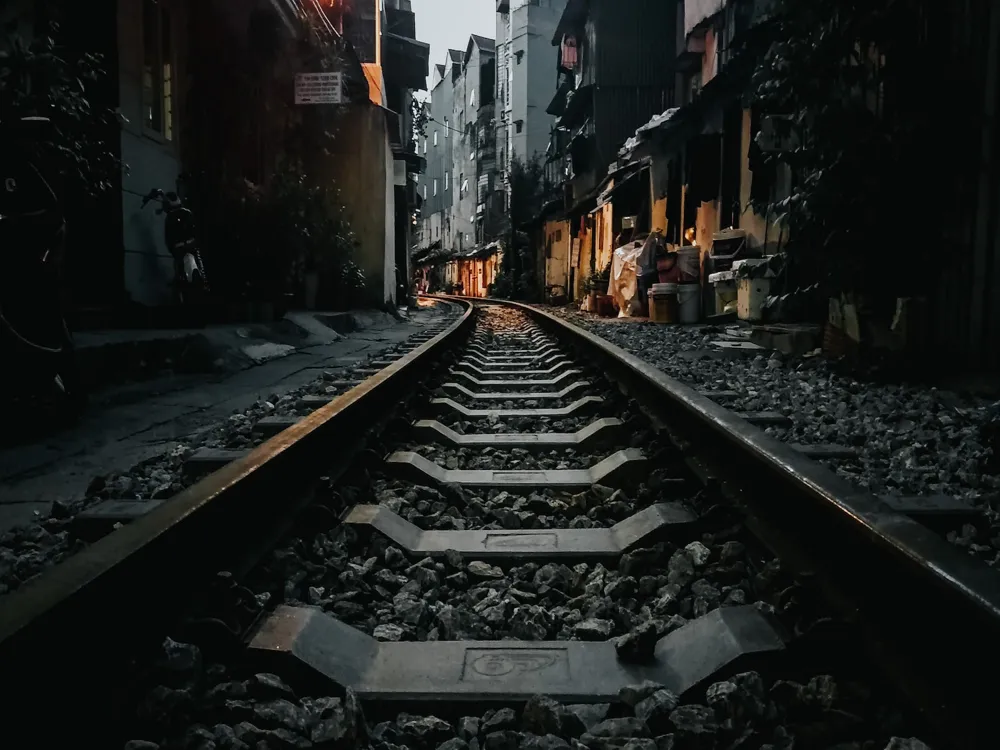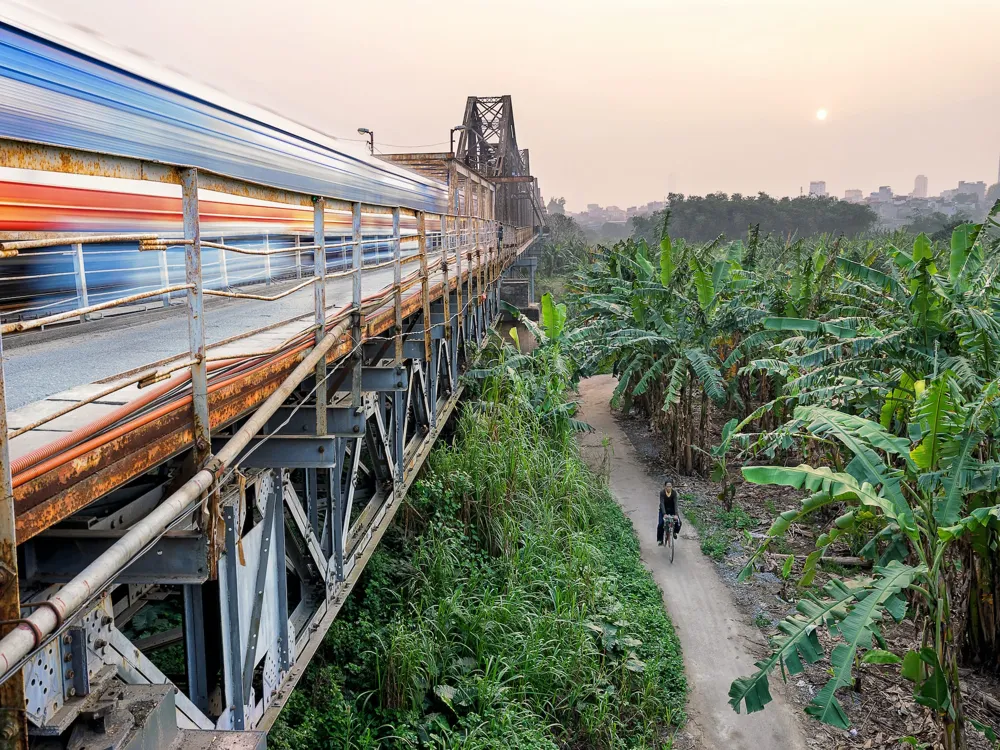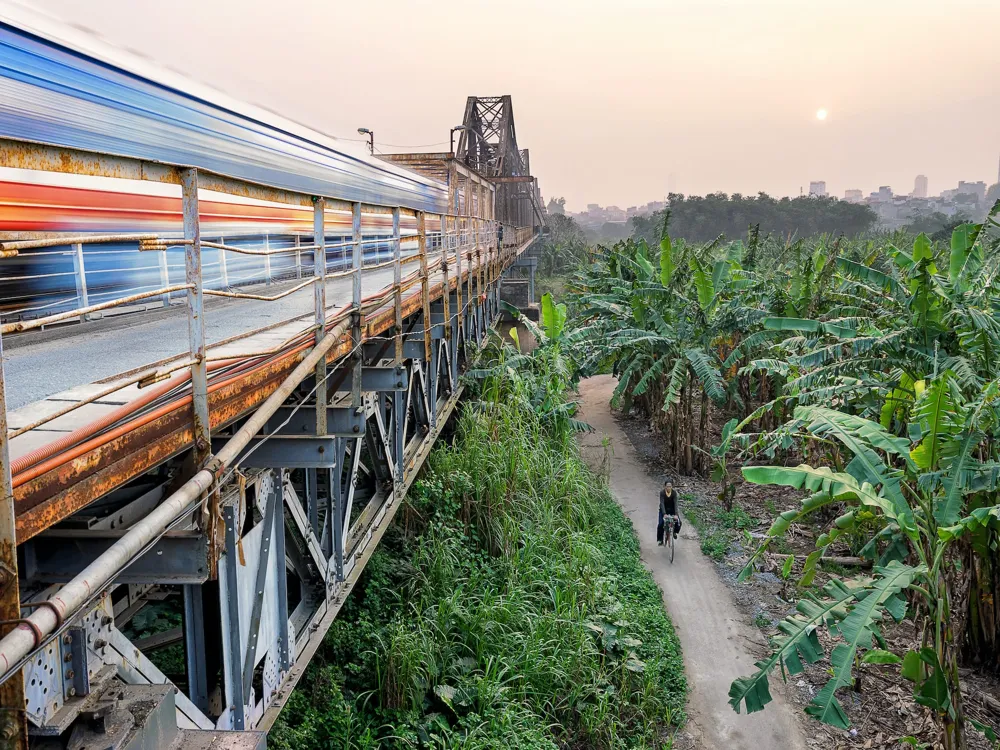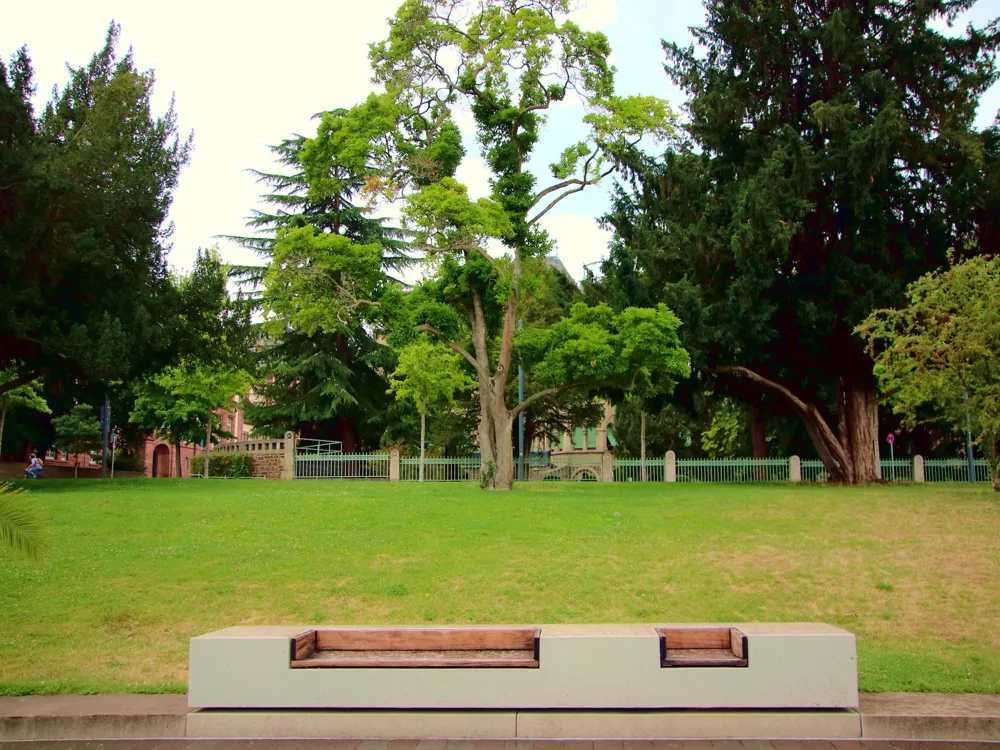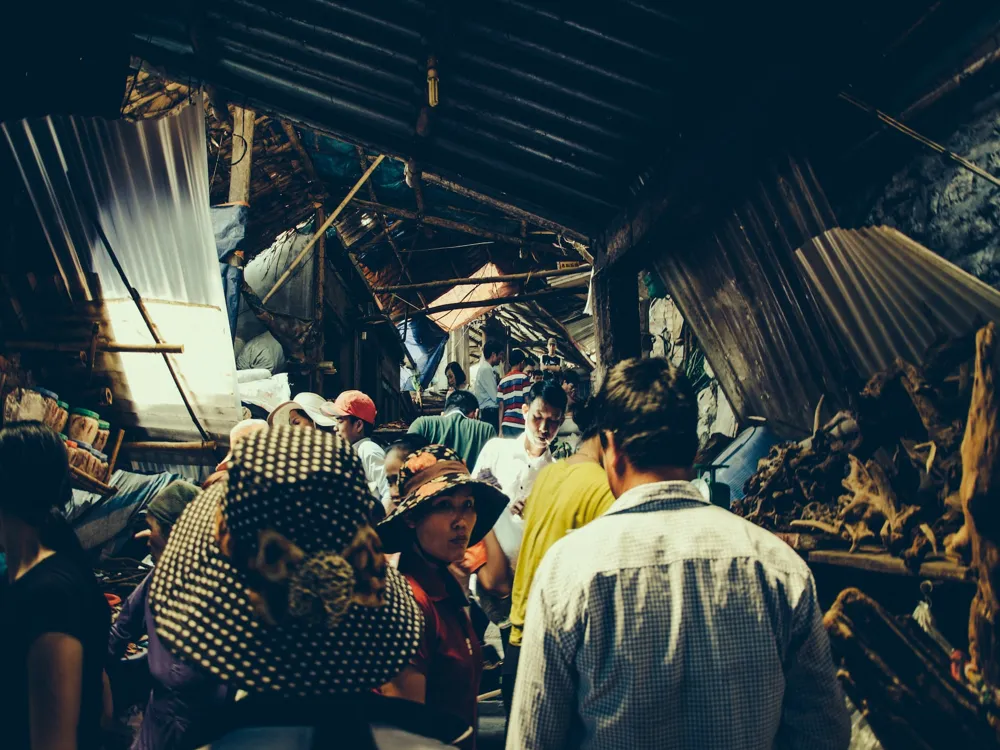Nestled in the bustling city of Hanoi, Phu Tay Ho holds a special place in the heart of locals and tourists alike. This serene and picturesque spot, located on the banks of the West Lake, is not just a tourist destination but a cultural and spiritual haven. Phu Tay Ho is renowned for its tranquil beauty, historical significance, and its vibrant cultural fabric that seamlessly blends tradition with modernity. Here, visitors can immerse themselves in the peaceful atmosphere, take in the scenic views of the lake, and explore the rich traditions that have been preserved over centuries.
The history of Phu Tay Ho dates back several centuries, intertwining with the legends and folklore of Hanoi. It is primarily known for the Phu Tay Ho Temple, a place of worship dedicated to the Mother Goddesses, which is an integral part of Vietnamese spirituality. This temple not only showcases the religious beliefs of the Vietnamese people but also stands as a testament to their architectural ingenuity. The site attracts numerous visitors, ranging from spiritual seekers to history enthusiasts, all yearning to experience a slice of Hanoi's ancient culture and serenity amidst the urban landscape.
Besides its spiritual significance, Phu Tay Ho is a hub for cultural activities and festivals. Throughout the year, the area buzzes with various traditional events and rituals, offering a glimpse into the rich tapestry of Vietnamese customs. These festivals are not only a spectacle to behold but also provide an opportunity for visitors to engage with the local community, understand their way of life, and create unforgettable memories.
The charm of Phu Tay Ho is not limited to its temple or festivals. The surrounding areas of the West Lake offer a plethora of activities and scenic spots. From quaint cafes and traditional Vietnamese restaurants to picturesque walking paths and vibrant markets, there is something for everyone. The blend of spiritual, cultural, and recreational experiences makes Phu Tay Ho a must-visit destination for anyone traveling to Hanoi.
The architecture of Phu Tay Ho is a remarkable fusion of historical elegance and cultural significance. Central to this architectural wonder is the Phu Tay Ho Temple, which is not only a place of worship but also an embodiment of Vietnamese architectural heritage. The temple's design reflects the traditional Vietnamese style, characterized by intricate woodwork, ornate carvings, and a harmonious blend with the surrounding nature.
As visitors approach the temple, they are greeted by a majestic three-entrance gate, known as the Tam Quan Gate. This gate is a common feature in traditional Vietnamese temples and pagodas, symbolizing the passage from the mundane to the sacred. The gate itself is an architectural masterpiece, adorned with detailed carvings and classic Vietnamese motifs, showcasing the craftsmanship of local artisans.
Beyond the Tam Quan Gate lies the main temple area, where the harmony between architecture and nature is most evident. The temple is constructed using mainly wood, following the principles of Feng Shui to ensure a balance of energy. The roofs are decorated with intricate dragon motifs, a symbol of power and good fortune in Vietnamese culture. The eaves of the temple are curved gently upwards, typical of traditional Vietnamese architecture, creating an elegant and welcoming appearance.
Inside the temple, the interplay of light and space creates a serene and mystical atmosphere. The altar is adorned with statues and offerings, and the walls are lined with wood panels featuring stories from Vietnamese mythology and history. These panels not only serve a decorative purpose but also narrate the rich cultural heritage of Vietnam.
Surrounding the temple, the gardens and courtyards are an integral part of the architectural ensemble. They are meticulously maintained, featuring lush greenery, tranquil ponds, and blooming flowers, providing a peaceful retreat for visitors. The landscape design complements the temple's architecture, creating a cohesive and immersive experience.
The architecture of Phu Tay Ho is not just about the physical structures; it's a reflection of the spiritual and cultural ethos of the Vietnamese people. It stands as a beacon of their historical resilience, artistic expression, and their deep-rooted connection to their land and traditions.
When visiting the Phu Tay Ho Temple, it's important to dress modestly out of respect for the religious site. Opt for clothes that cover your shoulders and knees. Avoid wearing hats inside the temple. The ideal time to visit Phu Tay Ho is during the early morning or late afternoon to avoid the midday heat. Additionally, visiting during local festivals can be a unique experience, but expect larger crowds. Engaging with the local community can enrich your experience. Locals are generally friendly and may share insights into the temple's history and cultural practices. While photography is allowed, it's respectful to avoid taking pictures of people praying or during religious ceremonies without permission. Always be mindful of your surroundings when capturing photos. Allocate time to explore the surrounding areas of West Lake. The vicinity offers a variety of dining options, picturesque spots, and cultural experiences.
Reaching Phu Tay Ho is convenient and accessible from various parts of Hanoi. Visitors can opt for public transportation, such as buses or taxis, which are readily available throughout the city. For those who prefer a more personalized experience, renting a scooter or a bicycle is a great way to explore the area at your own pace. Additionally, ride-sharing apps are widely used in Hanoi and can offer a hassle-free way to reach Phu Tay Ho. For international tourists, the nearest airport is the Noi Bai International Airport, from where one can take a taxi or a bus to reach the West Lake area.
Regardless of the mode of transportation chosen, the journey to Phu Tay Ho is an experience in itself, offering glimpses of Hanoi's dynamic urban landscape and its transition into the serene ambiance of the West Lake area. Upon arrival, visitors are immediately transported into a world that beautifully contrasts the hustle and bustle of city life, making the journey to Phu Tay Ho not just a travel route, but a transition into the cultural heart of Hanoi.
Overview of Phu Tay Ho
Architecture of Phu Tay Ho
Tips When Visiting Phu Tay Ho
Dress Appropriately for Temple Visits
Best Time to Visit
Interact with Locals
Photography Etiquette
Exploring Nearby Attractions
How To Reach Phu Tay Ho
Phu Tay Ho
Hanoi
₹ 15,260 onwards
View hanoi Packages
Hanoi Travel Packages
View All Packages For Hanoi
Top Hotel Collections for Hanoi

Private Pool

Luxury Hotels

5-Star Hotels

Pet Friendly
Top Hotels Near Hanoi
Other Top Ranking Places In Hanoi
View All Places To Visit In hanoi
View hanoi Packages
Hanoi Travel Packages
View All Packages For Hanoi
Top Hotel Collections for Hanoi

Private Pool

Luxury Hotels

5-Star Hotels

Pet Friendly







